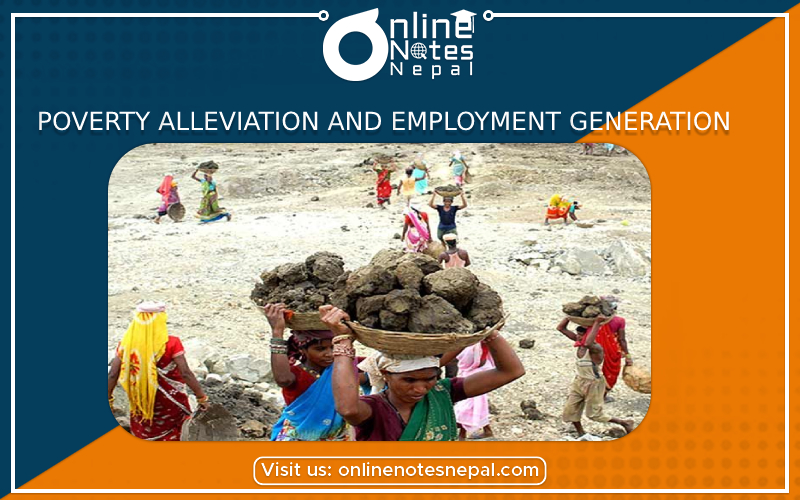Published by: Mandira
Published date: 20 Jan 2022

Introduction
Poverty refers to such an economic condition in which people lack income good enough to obtain their basic level of food, housing, health, education, etc. poverty is categorized as absolute poverty condition in which people don't have sufficient to eat and relative poverty condition in which the high standard of mass of people fall below the average level. The poverty line is the official level of income which h is required to meet minimum services. However, this level varies from one country to another according to the status of economic prosperity.
Unemployment is, on the other hand, the condition in which people want but cannot have jobs to earn their living. Poverty and unemployment are closely related. Among various factors behind poverty, unemployment is highly influential. When people lack earning opportunities, they cannot fulfill even their basic needs. Poverty tends to breed poverty. Poor people are generally malnourished and unskilled. Those who are unskilled and unhealthy, find it more difficult and get and do a job. Poverty also tends to breed many social problems. People in absolute poverty are more likely to commit crimes. Robbery, theft, burgling, etc are more common in poor society.
Poverty and unemployment are more widespread in third-world countries where there are little industrialization, more corruption and political instability, high population growth, and less skilled manpower. In Nepal nearly 25% of people are still living life below poverty line. A record shows that the population in absolute poverty has reduced to 25% from the earlier figure of 31% in a half decade. This reduction can be attributed to several factors; the important ones being the growth in the agricultural wages, urbanization, growth in the percentage of the active population and growing remittance.
The most important step towards poverty eradication is employment generation. People can be made more productive by giving them training on their jobs".The main challenges of this plan are to continue the efforts for poverty alleviation and bridge the gap between rich and poor ".
The following strategies shall be adopted towards this direction.